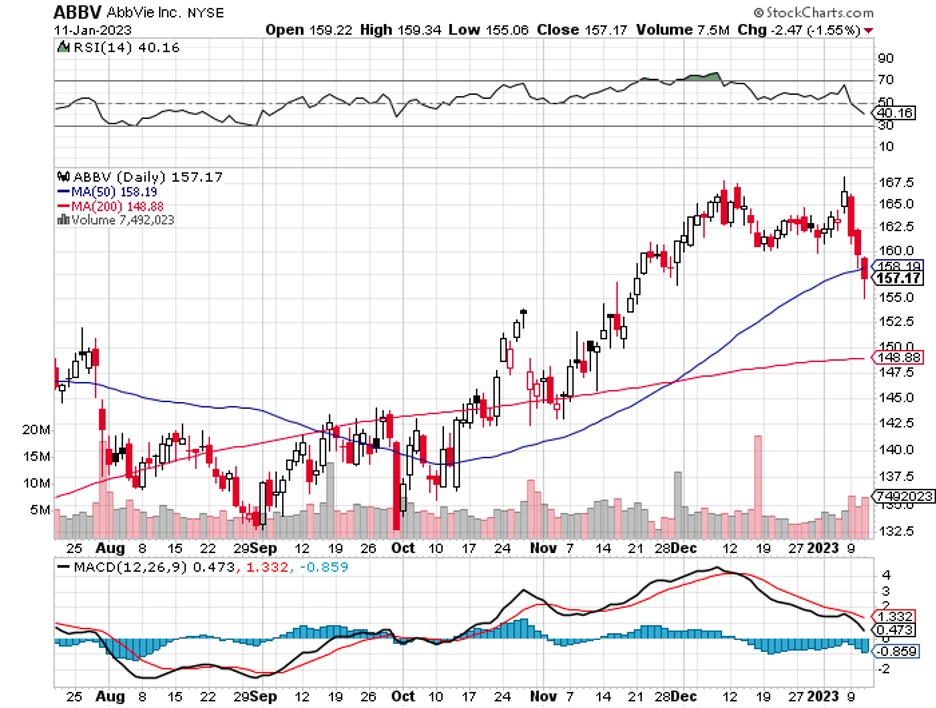What is the most exclusive category of dividend stocks? The first answer that comes to mind is the Dividend Aristocrats. These are S&P 500 members that have boosted their dividends consecutively for 25 years.
However, there is another more elite category of dividend stocks that gets less attention: the Dividend Kings.
Although they do not need to be part of the S&P 500, Dividend Kings gain this title by achieving an ultramarathon-like streak—a minimum of 50 years of consecutive payout growth.
However, buying shares of Dividend Kings is not a move for some types of investors. Several of these stocks tend to deliver relatively low growth. Some of these Dividend Kings have been underperforming in the past 10 years.
So, why should you consider investing in Dividend Kings?
Companies under this elite category can be an excellent component of any investor’s retirement portfolio or for those looking for reliable sources of income. Truth be told, most of these businesses offer dividend yields that are notably higher than the average dividend yield recorded by members of the S&P 500.
The consistency and dependability of these Dividend Kings in terms of paying out and boosting their dividend payouts also offer a certain degree of confidence for investors relying on income generated by the dividend stocks they added to their portfolio.
Only a few businesses make it to this category. Two segments comprise a significant part of the Dividend Kings category: the consumer goods sector, with 12 companies, and the industrial sector, with 14. Five utility stocks made it to the list as well.
Rounding up the list are four names from the healthcare industry: Johnson & Johnson (JNJ), Abbott Laboratories (ABT), Becton, Dickinson & Co. (BDX), and AbbVie (ABBV).
AbbVie only recently celebrated its 10th birthday after its monumental spinoff from Abbott back in 2013. In each of the past 10 years, this healthcare giant has hiked its dividend.
To date, the payout has risen by a whopping 270%, all but guaranteeing its standing as a Dividend King—a title it inherited from Abbott.
At the moment, the forward dividend yield of AbbVie is somewhere north of 3.6%, paying out approximately 73.7% of its earnings as dividends.
As expected, this relatively high payout ratio has some investors anxious over the wisdom of sustained hikes. After all, a sharp downturn in earnings could easily demand the company to pay out more in terms of dividends compared to how much its earnings rake in.
Nonetheless, it is critical to put everything in the proper context.
The competitors of the company, such as JNJ, Bristol Myers Squibb (BMY), and Sanofi (SNY), all have reported payout ratios of over 60%. That means AbbVie is hardly alone in this strategy of having a somewhat limited overhead to sustain its decision to continue hiking dividends even in the absence of earnings growth.
Apart from the $57.8 billion in revenue the company generated in the trailing 12 months, AbbVie estimates that two of its newer treatments, Skyrizi and Rinvoq, would rake in more than $15 billion in annual sales by 2025. With nine more candidates submitted for regulatory approval for 2023 alone, it is clear that AbbVie has been working hard to ensure that it creates additional new revenue streams in the near term.
As long as AbbVie continues to commercialize new products and work to develop and broaden the approved indications for its existing treatments to expand the reach of its addressable markets, then it is reasonable to believe that the company’s earnings will continue to climb.
It’s highly likely that most of the Dividend Kings will remain on the list this 2023. For one, there is immense pressure on businesses that have boosted their dividends for 50-plus years to sustain the streak. Besides, no CEO would want to be known as the leader who broke an impressive track record.
As for AbbVie, this stock is an excellent addition to the portfolio of long-investors and those searching for more sources of income. Buy the dip.


